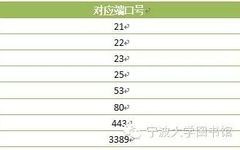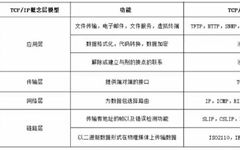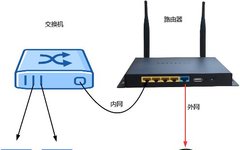Understanding the Relationship Between IP Address and MAC Address
In computer networks, to share resources and exchange data in an orderly manner, some pre-agreed rules must be followed. These standards or agreements established for data exchange in the network are called network protocols, abbreviated as protocols. To enable efficient transmission between computers, a layered approach is adopted, similar to how people collaborate to complete … Read more








